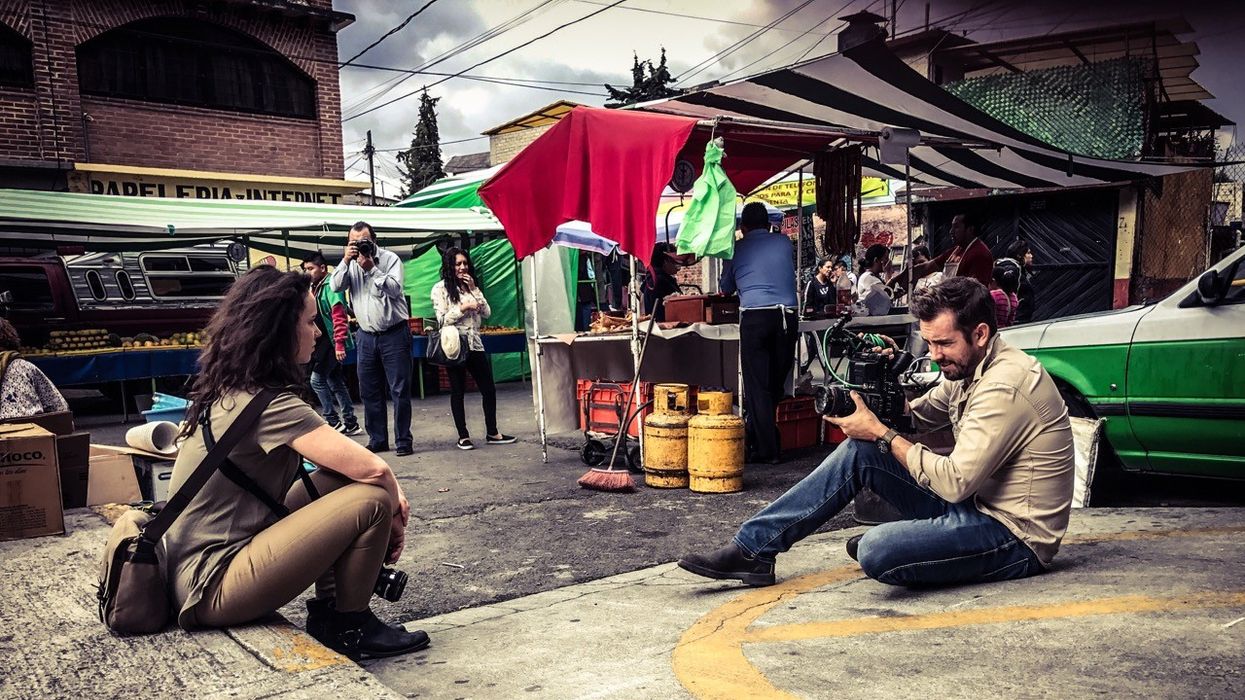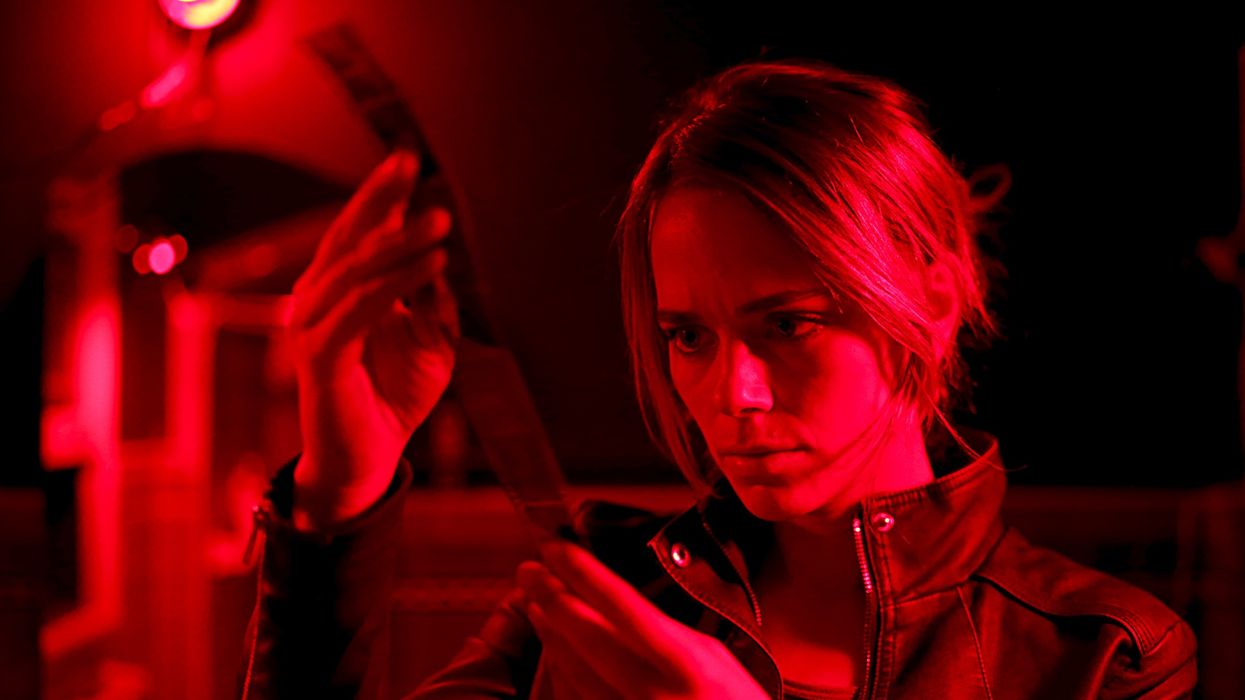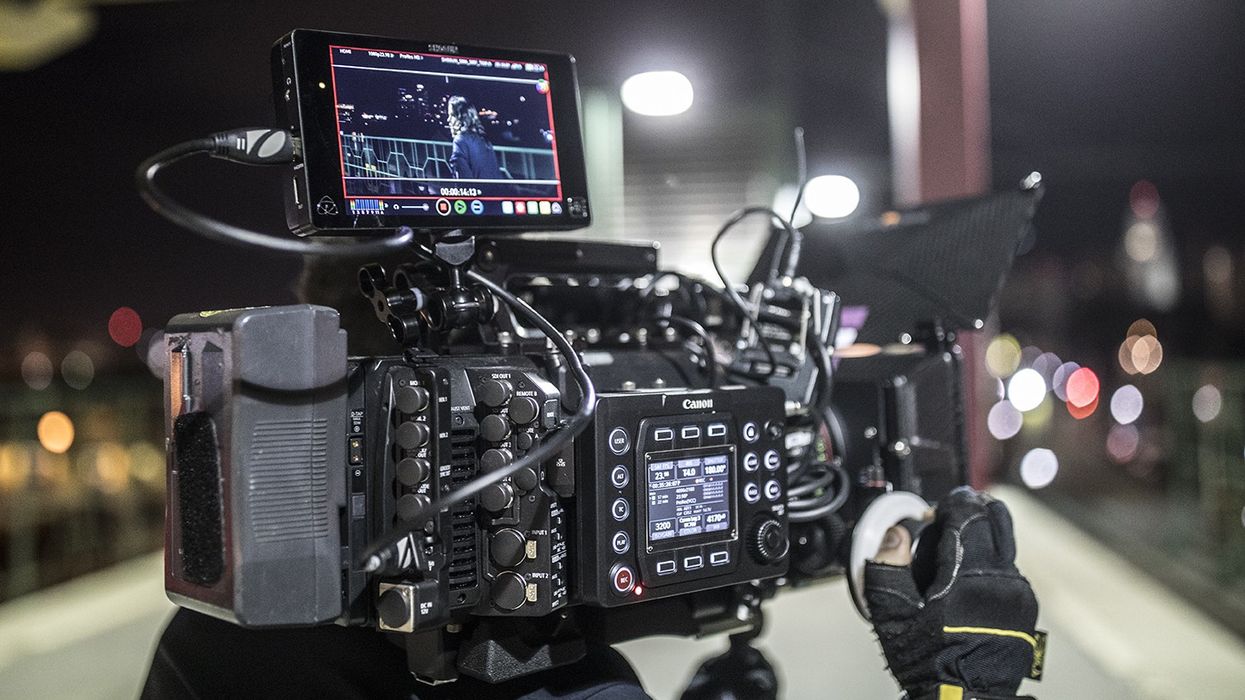- AI
-
Screenwriting\e607
-
Directing\e606
-
Cinematography & Cameras\e605
-
Editing & Post-Production\e602
-
Documentary\e603
-
Movies & TV\e60a
-
Producing\e608
-
Distribution & Marketing\e604
-
Festivals & Events\e611
-
Fundraising & Crowdfunding\e60f
-
Sound & Music\e601
-
Games & Transmedia\e60e
-
Grants, Contests, & Awards\e60d
-
Film School\e610
-
Jobs\e60c
-
Marketplace & Deals\e60b
-
Off Topic\e609
-
This Site\e600
Joshua Caldwell
Joshua Caldwell is a director, writer, producer, and MTV Movie Award Winner. His debut feature film LAYOVER was made for $6000 and had its World Premiere to sold out crowds at the 2014 Seattle International Film Festival where it was nominated for the prestigious FIPRESCI New American Cinema Award. In 2015, he directed the first season of Hulu’s SOUTH BEACH and the Paramount Pictures feature film BE SOMEBODY. In 2017 his latest film, the action-thriller NEGATIVE, had its World Premiere at the Newport Beach Film Festival and will be released in the fall.


